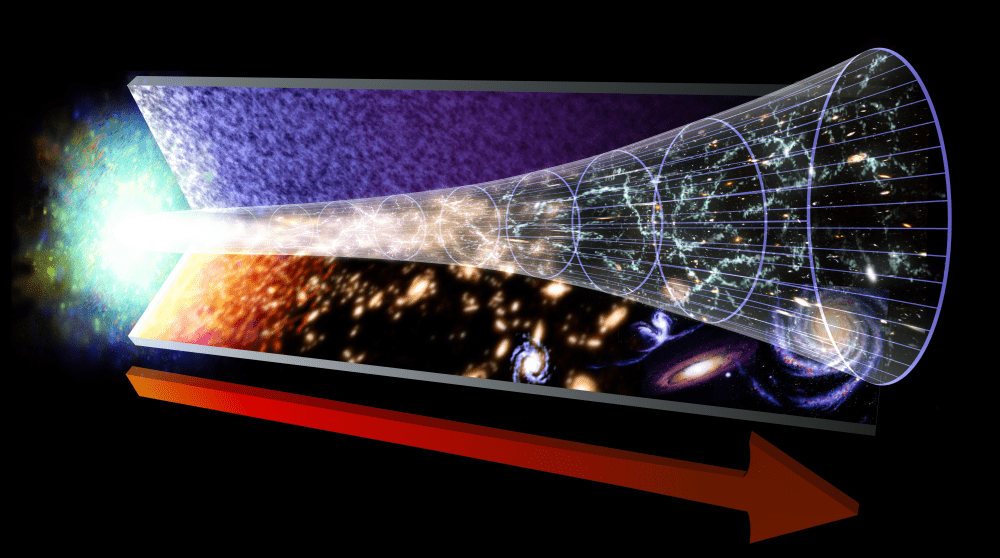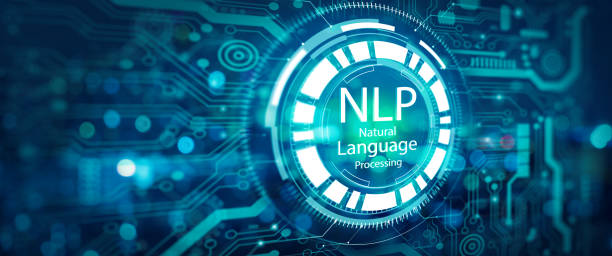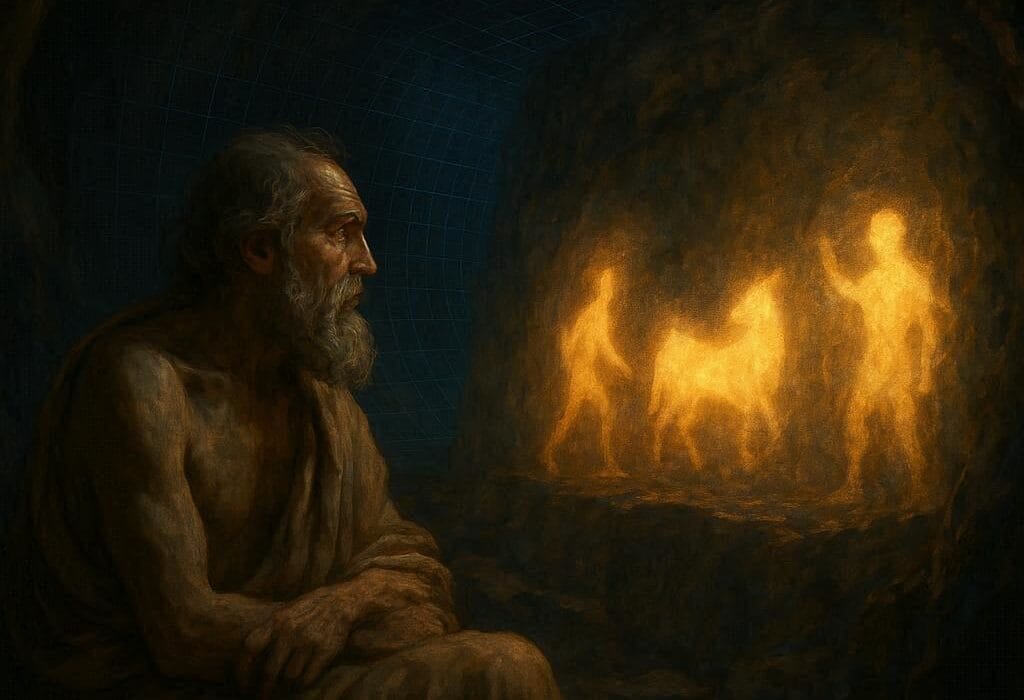For centuries, humans have gazed at the night sky and pondered the origin of the cosmos. Ancient civilizations told stories of creation, weaving myths around the stars, planets, and the vast expanse above. But the story of the universe is no longer confined to myth—it is written in the language of mathematics and physics, deciphered by minds daring enough to confront the unimaginable. At the heart of modern cosmology lies a profound question: what happened at the very beginning of time, before the Big Bang?
The Big Bang theory, proposed in the early twentieth century and refined through decades of observation, suggests that the universe began as an infinitely dense, hot point, which expanded and cooled to form the stars, galaxies, and cosmic structures we see today. This theory is supported by compelling evidence: the cosmic microwave background radiation, the observed expansion of the universe, and the relative abundance of light elements. Yet, as precise and powerful as this model is, it leaves an unsettling question unanswered: what set the stage for the Big Bang itself? How did the universe emerge from nothing, and why is it so remarkably uniform on the largest scales?
It is here that the concept of cosmic inflation enters—a revolutionary idea that reshaped our understanding of the universe, suggesting that the cosmos underwent an unimaginable, exponential expansion in the first fractions of a second of existence. To grasp this idea, one must journey to a time before time, to the realm of the unimaginable.
The Universe Before Time
To speak of “before the Big Bang” is to tread into the profound and the speculative, for time itself, as we understand it, emerges from the Big Bang. In classical cosmology, asking what came before is meaningless—there was no before, because time began with the expansion of space. Yet theoretical physics allows us to extend our imagination into this primordial realm. Quantum mechanics, general relativity, and the emerging framework of cosmic inflation provide hints, however tentative, of what may have preceded the birth of our universe.
In the earliest moments, the universe existed not as stars or galaxies, but as a dense, almost featureless expanse of energy. Matter, as we know it, did not yet exist. Instead, fields permeated space, fluctuating and vibrating, a frothing sea of potentiality. One of these fields, known as the inflaton field, is central to the theory of cosmic inflation. It is the energy stored in this field that drove the universe’s explosive expansion, stretching space at a rate faster than the speed of light, smoothing out irregularities, and laying down the seeds of cosmic structure.
Imagine the universe as a tiny balloon, minuscule beyond comprehension. In the first infinitesimal moments, it grew unimaginably, inflating by a factor of at least 10^26 in a fraction of a second. This is not the slow expansion of galaxies drifting apart over billions of years—it is a sudden, dramatic swelling of space itself. Regions of the universe that were once microscopic became larger than galaxies, smoothing out temperature differences and creating the uniform cosmos observed today.
The Problem of Uniformity
The universe presents an astonishing uniformity that is difficult to reconcile with classical Big Bang cosmology. The cosmic microwave background radiation, the afterglow of the Big Bang, is remarkably smooth, with temperature differences of only a few parts in one hundred thousand across regions of space separated by billions of light-years. According to conventional physics, these regions were never in contact with each other, so how could they share the same temperature?
Cosmic inflation provides an elegant solution. By expanding space exponentially in an instant, it allowed regions that were once in causal contact to stretch far beyond each other, carrying the same physical properties across the cosmos. Inflation did not just solve the uniformity problem; it explained the flatness of the universe, why space is so close to geometrically flat rather than curved, and why magnetic monopoles predicted by certain particle theories are so rare or absent. Inflation, therefore, is more than a hypothesis—it is a mechanism that naturally sets the initial conditions for the Big Bang and the universe we observe today.
The Role of Quantum Fluctuations
Even as the universe inflated, it was not perfectly smooth. Quantum mechanics, the fundamental theory governing the behavior of the smallest scales, ensured that tiny fluctuations persisted. These quantum fluctuations, minuscule variations in energy density, were stretched across the cosmos during inflation. When inflation ended, these fluctuations became the seeds of all cosmic structure: galaxies, stars, planets, and ultimately, life itself.
It is humbling to realize that the very stars we gaze upon, the planets we walk upon, and the galaxies we study, all emerged from tiny quantum tremors in the first instants of cosmic time. The universe, in a sense, owes its complexity to randomness amplified by the grand machinery of inflation. Without these quantum fluctuations, the cosmos might have remained a sterile, uniform expanse, devoid of the rich structures that make it so wondrous.
The Energy of Nothing
Cosmic inflation raises profound philosophical questions. The energy driving inflation appears to have come from the vacuum itself. In quantum physics, the vacuum is not empty but teeming with energy, fluctuating and restless. Inflation theory suggests that the universe could emerge from “nothing” because the total energy of the universe might sum to zero—the positive energy of matter balanced by the negative energy of gravity. In this scenario, the birth of the cosmos is not a violation of physical law but a spontaneous quantum event.
This notion challenges our intuitions about existence. “Nothing,” in the quantum sense, is a fertile, seething medium of potentiality. The universe may have begun as a fleeting fluctuation in this vacuum, a bubble of energy that, by chance, triggered inflation and expanded into the vast cosmos we inhabit. It is a narrative that blurs the line between science and philosophy, a story in which the universe is born from possibility itself.
Inflation’s Predictions and Evidence
The theory of cosmic inflation is not merely poetic speculation; it makes testable predictions. One such prediction is the existence of the cosmic microwave background radiation, with its nearly uniform temperature punctuated by tiny anisotropies—the fingerprints of quantum fluctuations stretched across space. Observations by satellites such as COBE, WMAP, and Planck have confirmed these patterns with astonishing precision, providing strong support for inflation.
Inflation also predicts a flat universe, consistent with measurements of cosmic geometry through galaxy surveys and cosmic microwave background observations. It offers explanations for the absence of exotic relics like magnetic monopoles, which certain particle physics models expected to dominate the early universe. In essence, inflation provides a coherent framework that unites observations of the universe’s large-scale structure with fundamental physics.
Yet many questions remain. The precise nature of the inflaton field is unknown. How inflation started and how it ended are active areas of research. Some models suggest a multiverse, in which inflation occurs repeatedly, generating countless bubble universes, each with its own physical laws. These ideas stretch the imagination, hinting at a cosmos far more vast and varied than our observable horizon reveals.
Beyond the Big Bang
When we speak of what happened “before the Big Bang,” we enter a domain where the boundaries between physics, philosophy, and metaphysics blur. In inflationary models, the Big Bang is not the absolute beginning but a transition: the universe emerges from an inflating state, cooling and forming the particles, atoms, and galaxies we observe. Time, space, and energy crystallize from a more abstract, pre-Big Bang reality.
Some theories suggest a cyclical universe, where inflation is part of a recurring pattern of expansion and contraction. Others posit quantum gravity effects, in which space and time themselves are emergent properties arising from deeper quantum laws. In all these visions, the Big Bang is no longer a singular point of creation but a doorway into a richer, deeper understanding of the cosmos.
It is humbling to confront the fact that the universe, in its vastness, began from an infinitesimal seed, and that the complexity and beauty of galaxies, stars, planets, and life itself can be traced to the briefest moments of inflation. To study cosmic inflation is to peer into the womb of reality, to witness the moment when possibility became actuality, when the seeds of everything were planted in the soil of spacetime.
The Emotional Power of Cosmic Origins
There is an emotional resonance to these discoveries that goes beyond mathematics and observation. To understand that the universe began with inflation, that quantum fluctuations shaped galaxies, that time itself emerged from a seething quantum vacuum, is to confront the grandeur and fragility of existence. It evokes awe, a sense of belonging to something infinitely vast yet intimately connected to our own experience.
We are children of quantum fluctuations, observers in a universe that grew faster than light in the blink of an eye, inheritors of cosmic processes that began before time itself. In contemplating cosmic inflation, we are reminded of the extraordinary capacity of the human mind to reach across billions of years, across the boundaries of space and time, to glimpse the origin of everything.
The story of cosmic inflation is still unfolding. Each observation, each refinement of theory, brings us closer to understanding the birth of the universe, yet it also reveals new mysteries. What triggered inflation? What is the true nature of the inflaton field? Could there be multiple universes, each a separate bubble born from the same primordial vacuum? These questions, at once scientific and philosophical, remind us that the universe is more wondrous than we can fully imagine.
Conclusion: The Universe as a Miracle of Possibility
Cosmic inflation transforms our understanding of the universe from a simple explosion of matter into a profound unfolding of possibility. It provides answers to the uniformity and structure of the cosmos while opening new vistas of inquiry about the pre-Big Bang state, the nature of time, and the origin of energy and matter.
To study cosmic inflation is to confront the limits of human knowledge, to recognize the astonishing creativity inherent in the laws of physics, and to participate in a dialogue with the cosmos itself. The universe, in its earliest instants, underwent a transformation that set the stage for everything we know, yet remains deeply mysterious, inspiring wonder, humility, and curiosity.
In contemplating what came before the Big Bang, we are reminded that reality is far more complex, beautiful, and subtle than our everyday experience suggests. The universe, born from a burst of inflation, invites us to explore, to question, and to imagine. It tells us that from the smallest quantum fluctuations can arise galaxies, stars, planets, and life. It whispers to us that even in the emptiness before time, possibility existed—and from possibility came everything.
In this sense, cosmic inflation is not just a scientific theory; it is a story of beginnings, of transformation, and of the extraordinary potential inherent in the fabric of reality itself. It is a tale that continues to unfold, a narrative written across the stars, and an invitation for humanity to wonder at the miracle of existence.






